Citibank 2012 Annual Report Download - page 71
Download and view the complete annual report
Please find page 71 of the 2012 Citibank annual report below. You can navigate through the pages in the report by either clicking on the pages listed below, or by using the keyword search tool below to find specific information within the annual report.-
 1
1 -
 2
2 -
 3
3 -
 4
4 -
 5
5 -
 6
6 -
 7
7 -
 8
8 -
 9
9 -
 10
10 -
 11
11 -
 12
12 -
 13
13 -
 14
14 -
 15
15 -
 16
16 -
 17
17 -
 18
18 -
 19
19 -
 20
20 -
 21
21 -
 22
22 -
 23
23 -
 24
24 -
 25
25 -
 26
26 -
 27
27 -
 28
28 -
 29
29 -
 30
30 -
 31
31 -
 32
32 -
 33
33 -
 34
34 -
 35
35 -
 36
36 -
 37
37 -
 38
38 -
 39
39 -
 40
40 -
 41
41 -
 42
42 -
 43
43 -
 44
44 -
 45
45 -
 46
46 -
 47
47 -
 48
48 -
 49
49 -
 50
50 -
 51
51 -
 52
52 -
 53
53 -
 54
54 -
 55
55 -
 56
56 -
 57
57 -
 58
58 -
 59
59 -
 60
60 -
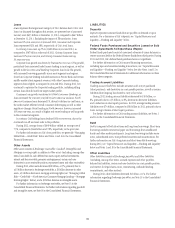 61
61 -
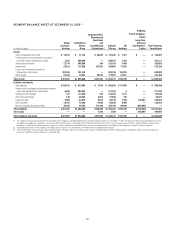 62
62 -
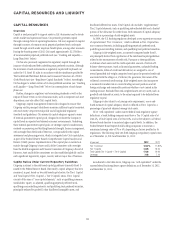 63
63 -
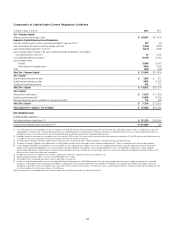 64
64 -
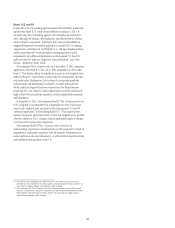 65
65 -
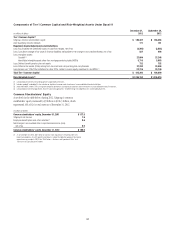 66
66 -
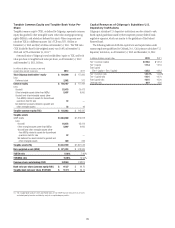 67
67 -
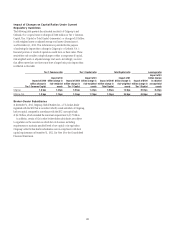 68
68 -
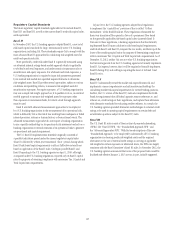 69
69 -
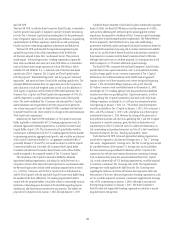 70
70 -
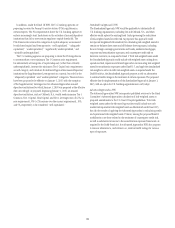 71
71 -
 72
72 -
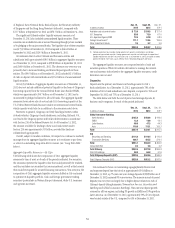 73
73 -
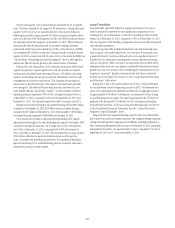 74
74 -
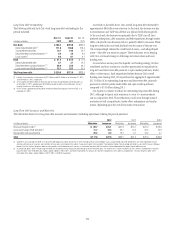 75
75 -
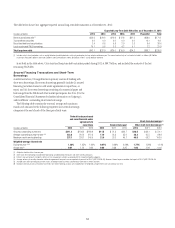 76
76 -
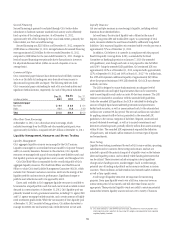 77
77 -
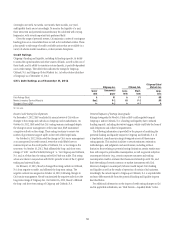 78
78 -
 79
79 -
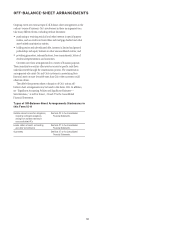 80
80 -
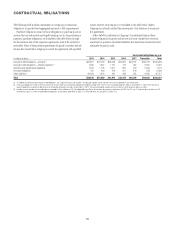 81
81 -
 82
82 -
 83
83 -
 84
84 -
 85
85 -
 86
86 -
 87
87 -
 88
88 -
 89
89 -
 90
90 -
 91
91 -
 92
92 -
 93
93 -
 94
94 -
 95
95 -
 96
96 -
 97
97 -
 98
98 -
 99
99 -
 100
100 -
 101
101 -
 102
102 -
 103
103 -
 104
104 -
 105
105 -
 106
106 -
 107
107 -
 108
108 -
 109
109 -
 110
110 -
 111
111 -
 112
112 -
 113
113 -
 114
114 -
 115
115 -
 116
116 -
 117
117 -
 118
118 -
 119
119 -
 120
120 -
 121
121 -
 122
122 -
 123
123 -
 124
124 -
 125
125 -
 126
126 -
 127
127 -
 128
128 -
 129
129 -
 130
130 -
 131
131 -
 132
132 -
 133
133 -
 134
134 -
 135
135 -
 136
136 -
 137
137 -
 138
138 -
 139
139 -
 140
140 -
 141
141 -
 142
142 -
 143
143 -
 144
144 -
 145
145 -
 146
146 -
 147
147 -
 148
148 -
 149
149 -
 150
150 -
 151
151 -
 152
152 -
 153
153 -
 154
154 -
 155
155 -
 156
156 -
 157
157 -
 158
158 -
 159
159 -
 160
160 -
 161
161 -
 162
162 -
 163
163 -
 164
164 -
 165
165 -
 166
166 -
 167
167 -
 168
168 -
 169
169 -
 170
170 -
 171
171 -
 172
172 -
 173
173 -
 174
174 -
 175
175 -
 176
176 -
 177
177 -
 178
178 -
 179
179 -
 180
180 -
 181
181 -
 182
182 -
 183
183 -
 184
184 -
 185
185 -
 186
186 -
 187
187 -
 188
188 -
 189
189 -
 190
190 -
 191
191 -
 192
192 -
 193
193 -
 194
194 -
 195
195 -
 196
196 -
 197
197 -
 198
198 -
 199
199 -
 200
200 -
 201
201 -
 202
202 -
 203
203 -
 204
204 -
 205
205 -
 206
206 -
 207
207 -
 208
208 -
 209
209 -
 210
210 -
 211
211 -
 212
212 -
 213
213 -
 214
214 -
 215
215 -
 216
216 -
 217
217 -
 218
218 -
 219
219 -
 220
220 -
 221
221 -
 222
222 -
 223
223 -
 224
224 -
 225
225 -
 226
226 -
 227
227 -
 228
228 -
 229
229 -
 230
230 -
 231
231 -
 232
232 -
 233
233 -
 234
234 -
 235
235 -
 236
236 -
 237
237 -
 238
238 -
 239
239 -
 240
240 -
 241
241 -
 242
242 -
 243
243 -
 244
244 -
 245
245 -
 246
246 -
 247
247 -
 248
248 -
 249
249 -
 250
250 -
 251
251 -
 252
252 -
 253
253 -
 254
254 -
 255
255 -
 256
256 -
 257
257 -
 258
258 -
 259
259 -
 260
260 -
 261
261 -
 262
262 -
 263
263 -
 264
264 -
 265
265 -
 266
266 -
 267
267 -
 268
268 -
 269
269 -
 270
270 -
 271
271 -
 272
272 -
 273
273 -
 274
274 -
 275
275 -
 276
276 -
 277
277 -
 278
278 -
 279
279 -
 280
280 -
 281
281 -
 282
282 -
 283
283 -
 284
284 -
 285
285 -
 286
286 -
 287
287 -
 288
288 -
 289
289 -
 290
290 -
 291
291 -
 292
292 -
 293
293 -
 294
294 -
 295
295 -
 296
296 -
 297
297 -
 298
298 -
 299
299 -
 300
300 -
 301
301 -
 302
302 -
 303
303 -
 304
304 -
 305
305 -
 306
306 -
 307
307 -
 308
308 -
 309
309 -
 310
310 -
 311
311 -
 312
312 -
 313
313 -
 314
314 -
 315
315 -
 316
316 -
 317
317 -
 318
318 -
 319
319 -
 320
320 -
 321
321 -
 322
322 -
 323
323 -
 324
324
 |
 |
49
In addition, under the Basel III NPR, the U.S. banking agencies are
proposing to revise the Prompt Corrective Action (PCA) regulations in
certain respects. The PCA requirements direct the U.S. banking agencies to
enforce increasingly strict limitations on the activities of insured depository
institutions that fail to meet certain regulatory capital thresholds. The
PCA framework contains five categories of capital adequacy as measured
by risk-based capital and leverage ratios: “well capitalized,” “adequately
capitalized,” “undercapitalized,” “significantly undercapitalized,” and
“critically undercapitalized.”
The U.S. banking agencies are proposing to revise the PCA regulations
to accommodate a new minimum Tier 1 Common ratio requirement
for substantially all categories of capital adequacy (other than critically
undercapitalized), increase the minimum Tier 1 Capital ratio requirement
at each category, and introduce for Advanced Approaches insured depository
institutions the Supplementary Leverage ratio as a metric, but only for the
“adequately capitalized” and “undercapitalized” categories. These revisions
have been proposed to be effective on January 1, 2015, with the exception
of the Supplementary Leverage ratio for Advanced Approaches insured
depository institutions for which January 1, 2018 was proposed as the effective
date. Accordingly, as proposed, beginning January 1, 2015, an insured
depository institution, such as Citibank, N.A., would need minimum Tier 1
Common, Tier 1 Capital, Total Capital, and Tier 1 Leverage ratios of 6.5% (a
new requirement), 8% (a 2% increase over the current requirement), 10%,
and 5%, respectively, to be considered “well capitalized.”
Standardized Approach NPR
The Standardized Approach NPR would be applicable to substantially all
U.S. banking organizations, including Citi and Citibank, N.A., and when
effective would replace the existing Basel I rules governing the calculation
of risk-weighted assets for credit risk. As proposed, this approach would
incorporate heightened risk sensitivity for calculating risk-weighted assets for
certain on-balance sheet assets and off-balance sheet exposures, including
those to foreign sovereign governments and banks, residential mortgages,
corporate and securitization exposures, and counterparty credit risk on
derivative contracts, as compared to Basel I. Total risk-weighted assets under
the Standardized Approach would exclude risk-weighted assets arising from
operational risk, require more limited approaches in measuring risk-weighted
assets for securitization exposures under Basel II.5, and apply the standardized
risk-weights to arrive at credit risk-weighted assets. As required under the
Dodd-Frank Act, the Standardized Approach proposes to rely on alternatives
to external credit ratings in the treatment of certain exposures. The proposed
effective date for implementation of the Standardized Approach is January 1,
2015, with an option for U.S. banking organizations to early adopt.
Advanced Approaches NPR
The Advanced Approaches NPR incorporates published revisions to the Basel
Committee’s Advanced Approaches calculation of risk-weighted assets as
proposed amendments to the U.S. Basel II capital guidelines. Total risk-
weighted assets under the Advanced Approaches would include not only
market risk equivalent risk-weighted assets as determined under Basel II.5,
but also the results of applying the Advanced Approaches in calculating credit
and operational risk-weighted assets. Primary among the proposed Basel II
modifications are those related to the treatment of counterparty credit risk,
as well as substantial revisions to the securitization exposure framework. As
required by the Dodd-Frank Act, the Advanced Approaches NPR also proposes
to remove references to, and reliance on, external credit ratings for various
types of exposures.
